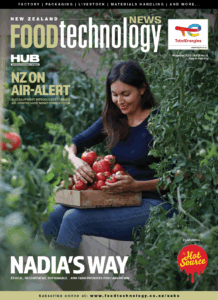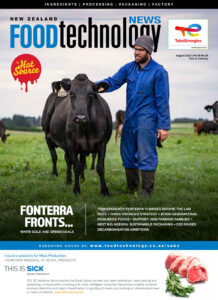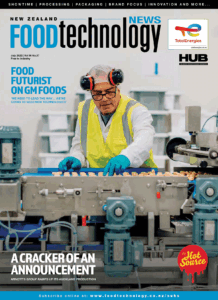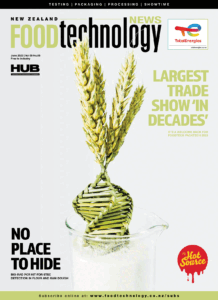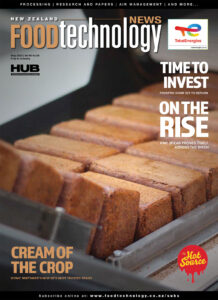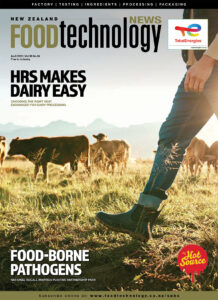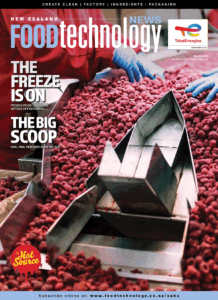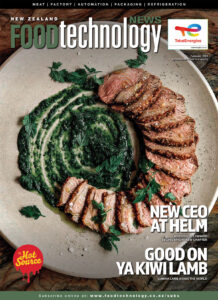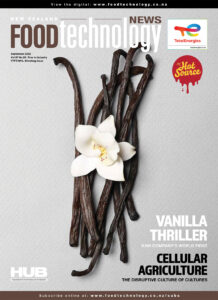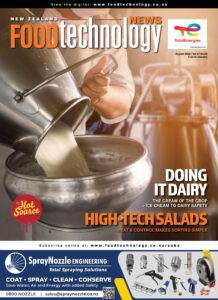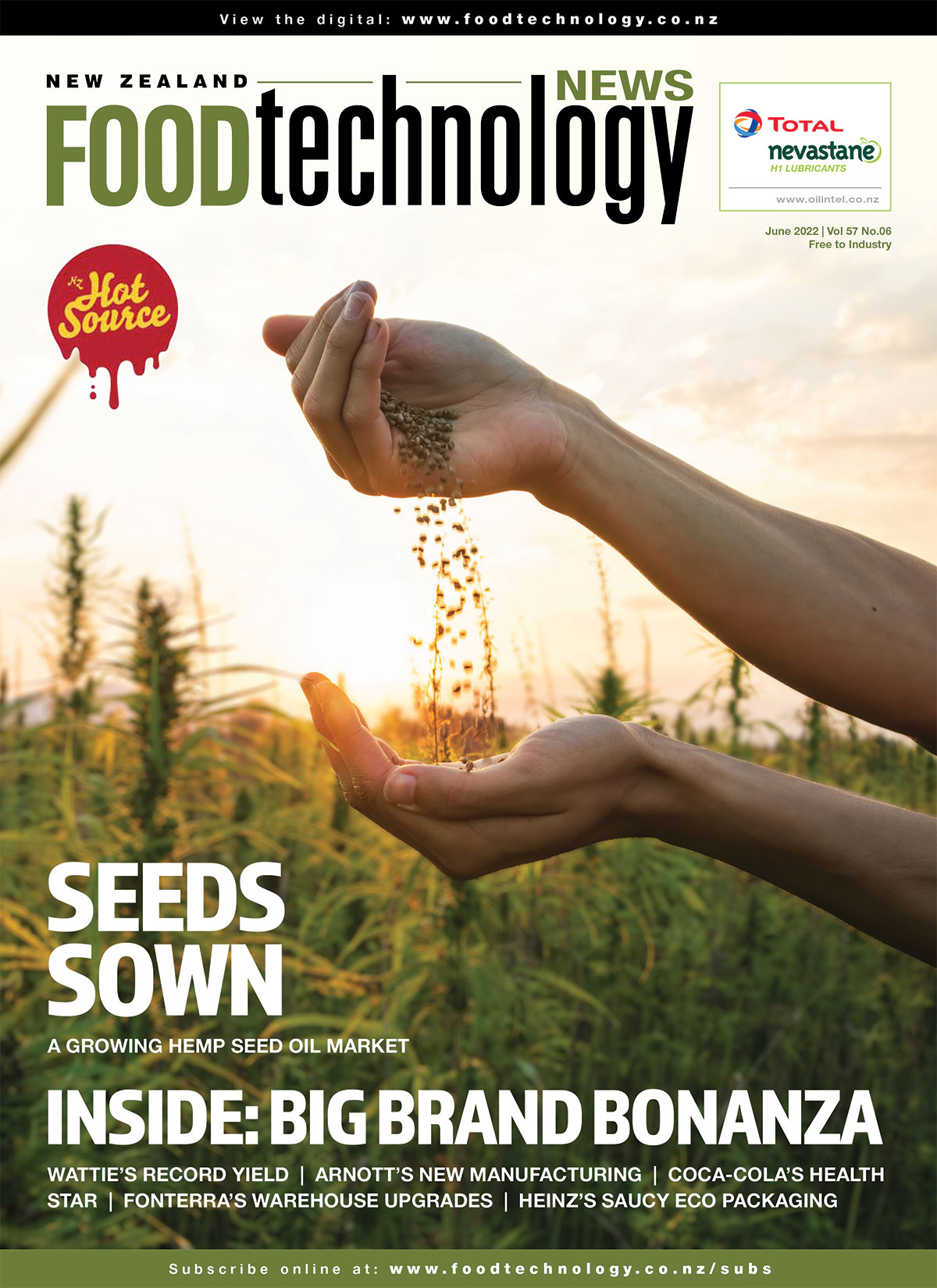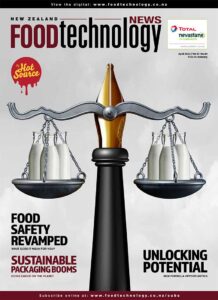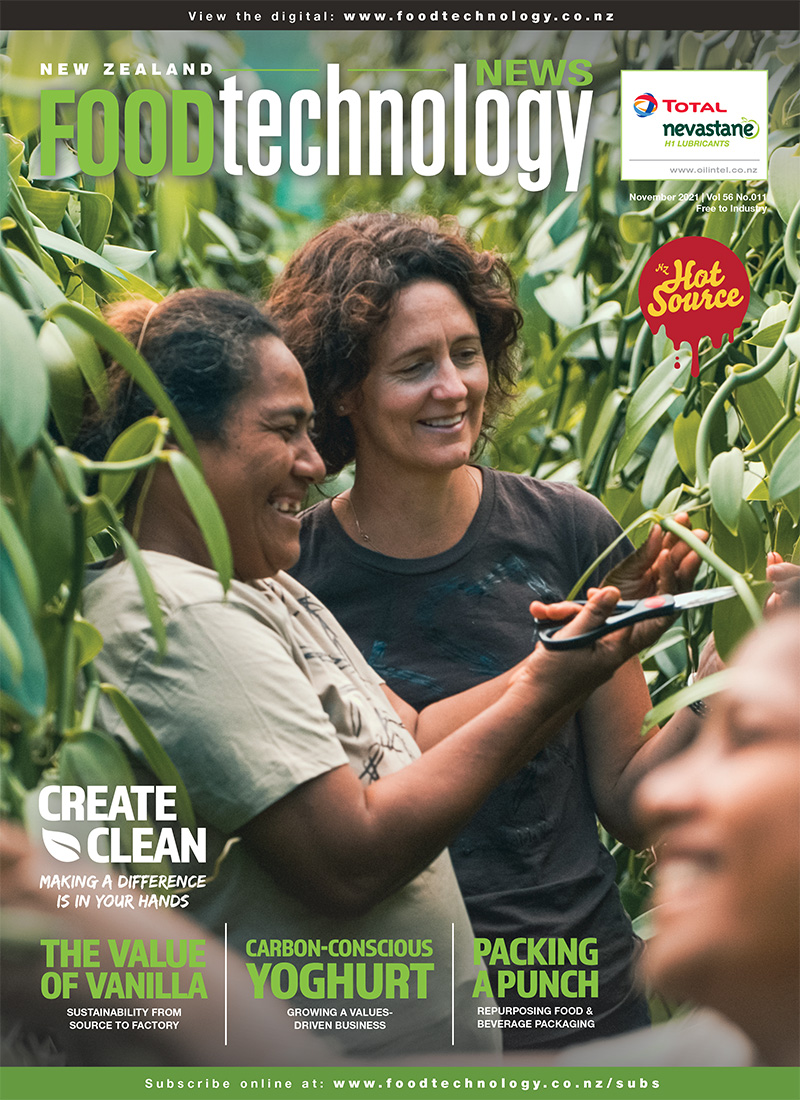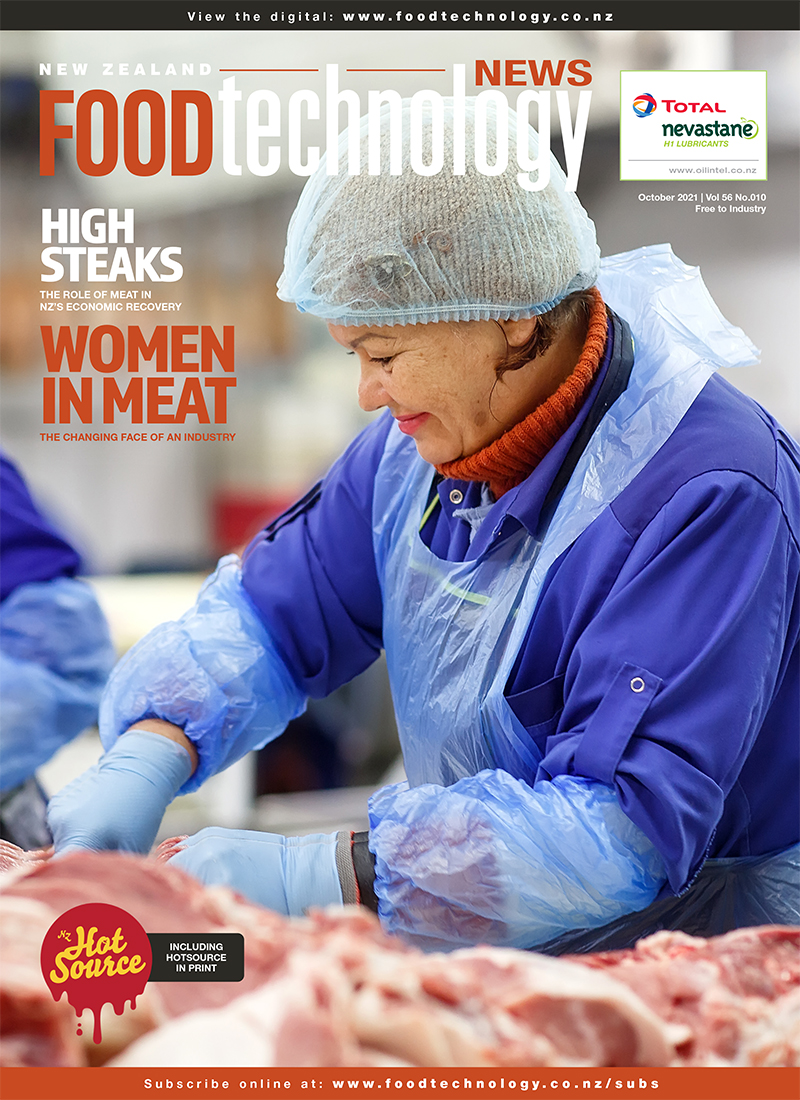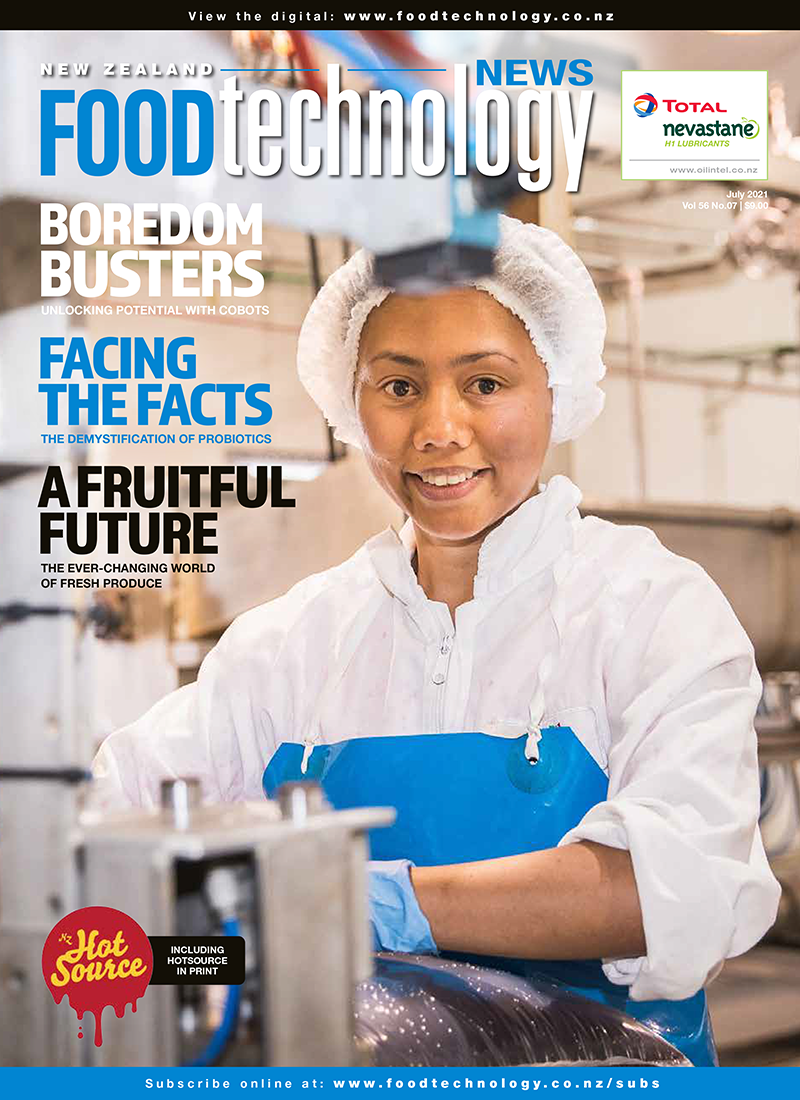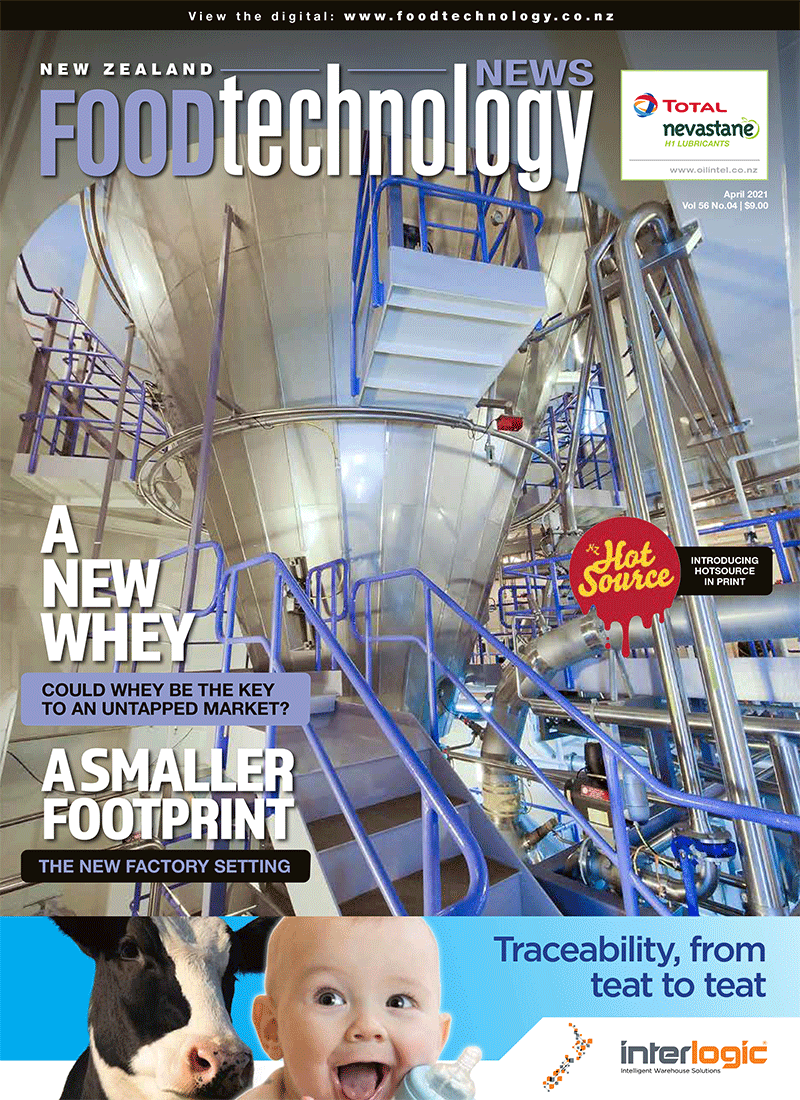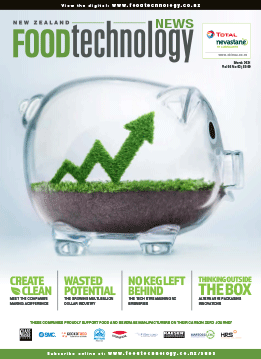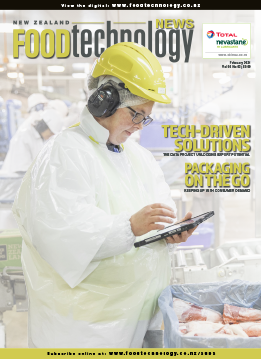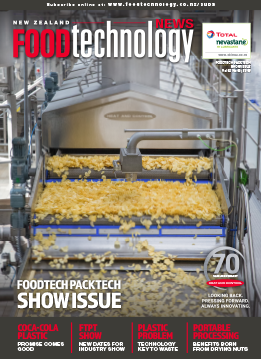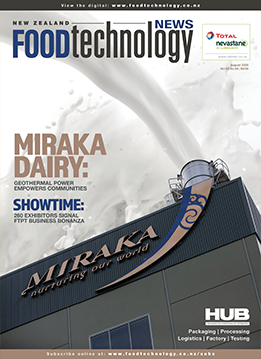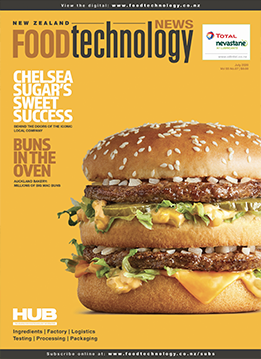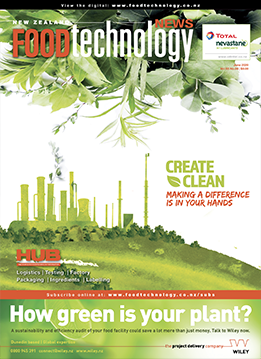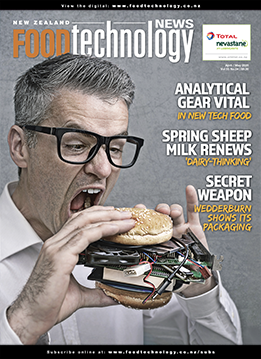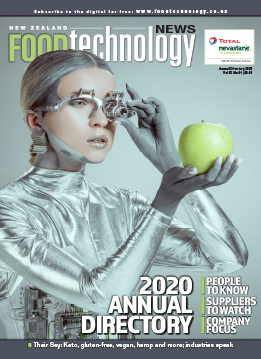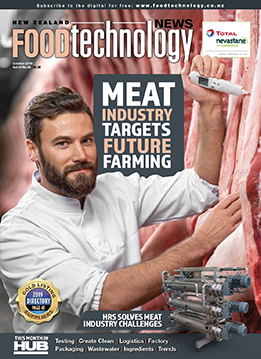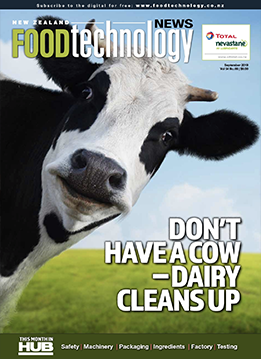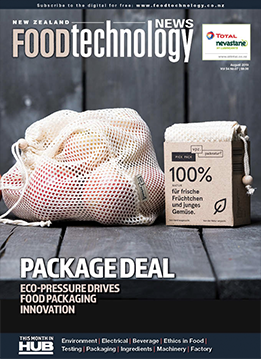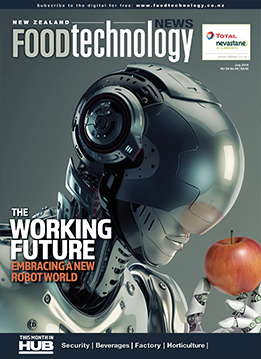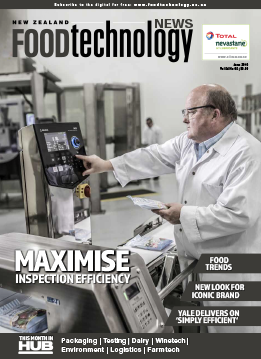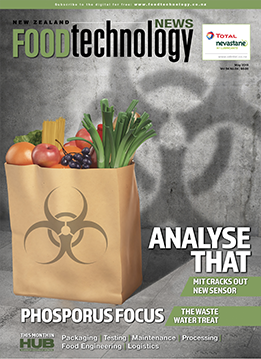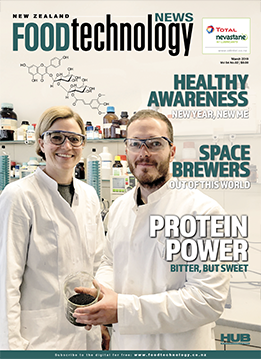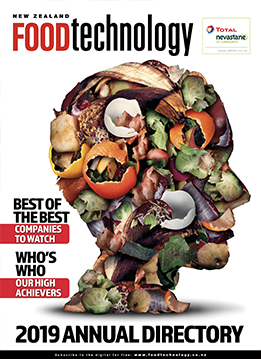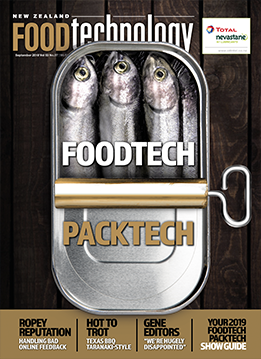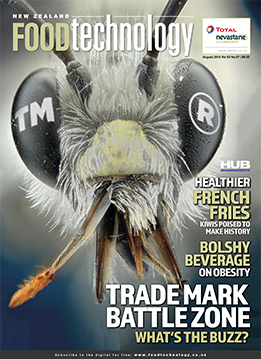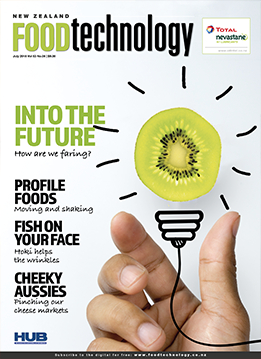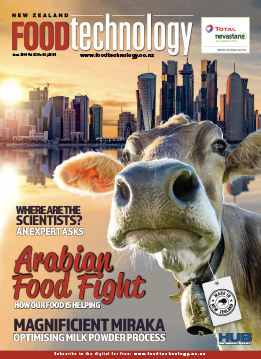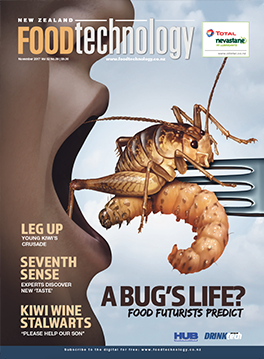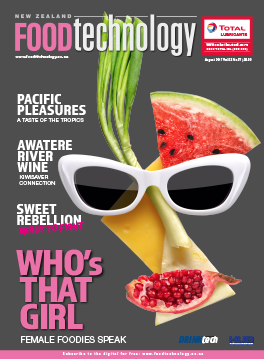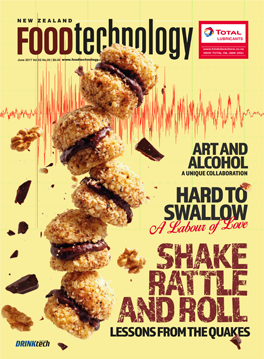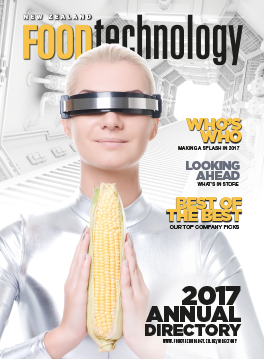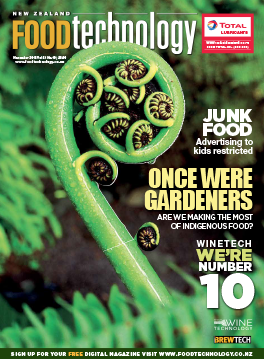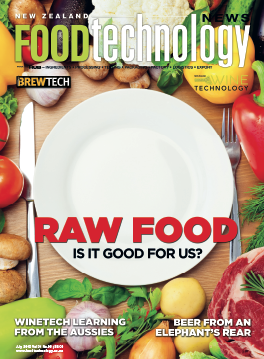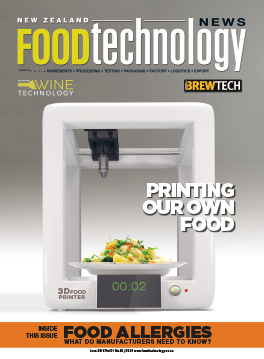By Professor Richard Newcomb, chief scientist at Plant & Food Research
Agriculture has seen many technological advancements over time. This is likely to continue, given the pressures of an expanding global population, growing megacities and declining stocks of arable land per head of population. Not to mention climate change and diminishing water supplies.
Agricultural technologies have blurred some of the boundaries between outdoor and indoor farming. Think covered cropping and automatic watering. With food security and the dangers of disrupted supply chains brought to the forefront by Covid-19, controlled-environment agriculture could see accelerating investment and innovation, particularly in regions vulnerable to climate events and environmental pressures.
One way to feed our growing mega cities is vertical farming, promoted since the early 2000s. These farms can be established anywhere, including unused basements and tunnels. By controlling environmental factors like temperature, humidity and light, growers can harvest all year round.
There are other benefits too. Crops are resilient to weather effects and climate change, they may not require pesticides or herbicides and use less water than conventional farming. Multiple crops can be grown simultaneously with greater yields (up to ten times more) per hectare than conventional farms and because produce is picked near the source it is fresher and tastier for consumers.
There are already hundreds of vertical farms around the world. Farm.One in New York supplies Manhattan restaurants from a basement. In London’s unused tunnels, Growing Underground produces premium microgreens and salad greens, and in New Zealand, Shoots Microgreens supplies Wellington’s chefs.
With limited land, the city state of Singapore is particularly invested in vertical farming. Sky Greens is already one of the most commercially viable vertical farms globally and supplies 10% of Singapore’s vegetable market.
But vertical farming is not without challenges. The start-up costs are high, especially given the cost of land in many urban centres. Energy requirements can be high too, due to the use of lighting, which, if generated from non-renewable sources, can create a bigger carbon footprint than conventional farming. And, currently, vertical farms tend to only grow crops like leafy greens, herbs, berries and tomatoes.
Some of these challenges will be overcome with advances in technology and breeding. Advanced LED systems, solar panels and/or rotating stacks that optimise sun exposure could help reduce energy usage. Diversity may also expand through optimising traits such as plant architecture, dormancy and nutrient density and health benefits of the crop. Early new plantings will likely include high-value crops like tropical fruit, hops and medicinal crops.
The potential for controlled-environment agriculture systems raises numerous questions. Could urban farming evolve into a complete agricultural activity? What if we could grow anything we wanted indoors? How about aquaponics, where plants and fish are farmed together? And what about farms for private homes, as Terrafarm are producing overseas? Will households of the future generate some of their own produce?
Professor Richard Newcomb is chief scientist at Plant & Food Research overseeing all aspects of science quality, strategic science, capability development and collaboration across the institute. He is also an honorary professor of evolutionary biology at the University of Auckland.










